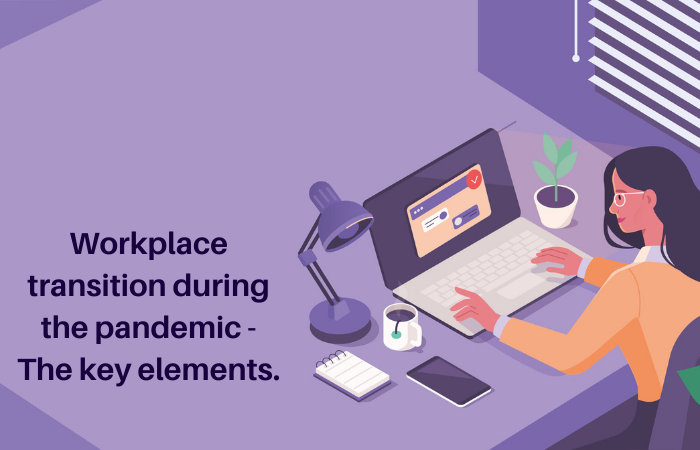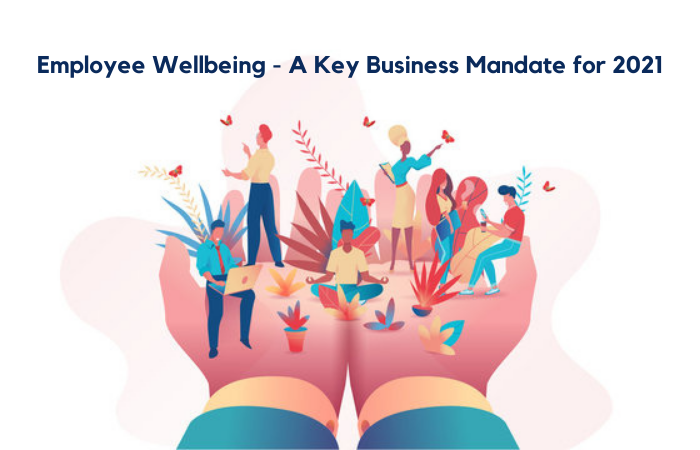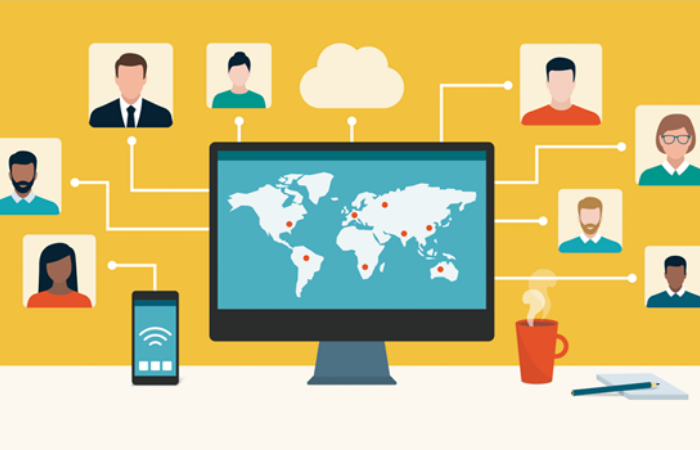The first day at a job is overwhelming for most employees with new workspace, new team, new technology and systems. The feeling is more conspicuous in case of remote employee in a virtual work scenario.
The COVID pandemic has pushed many companies to choose remote working as a norm. Twitter and Facebook are in fact allowing employees to work from home indefinitely. Hence it will be very important for companies to create a structured on-boarding plan specifically for the remote employees to seamlessly integrate them into the organisation.
SHRM Studies show that 69% of employees who experienced great on-boarding are more likely to stay with a company for as long as 3 years.
As the saying goes, ‘first impression is the last impression’; what the employee experiences during the first few months plays a big role on the employee’s success in the organisation.
Here are some of the approaches to an effective on-boarding programme for your remote workforce
- Welcome pack – Nothing says ‘Welcome’ better than a Welcome Pack. This can include the necessary ID cards, email ID, Login ID & passwords, along with the Laptop and / the relevant infrastructure depending on the company policy. You can also include on-boarding videos, guides, FAQs & other relevant information regarding the company and the team. This can be a good reference point for the new employee for any information that he/she will need in the first few days of work. As a feel-good factor, you can also add some company merchandise like a mouse pad, t shirt etc.
Along with the Welcome pack, HR manager or the team leader can send out an email to the team or the company introducing the new employee along with some background regarding them. These small gestures help create a sense of belonging to the team and the company.
- Clear Onboarding Plan – HR Managers or the team leaders can work out a tangible onboarding plan along with clear milestones for the employees for the first 1-3 months. This should include task lists and schedules for the new employees, so they get an idea about that they will be doing in the new role. This will also give them a chance to get acquainted with the team members and the other departments they would be interacting with during their work. It is important to keep an eye on the milestones to know if the remote employee needs more help or time.
This would be good time to organise virtual training sessions in form of videos or live interactive sessions on their area of work.
A BCG study* shows that companies with great on-boarding processes for new hires showed 2.5 times more revenue growth and 1.9 times more profit margin.
- Team buddy – The main challenges faced by a remote workforce is apart from feeling a sense of isolation & not knowing their team members, they don’t know whom to approach when they have questions. While the manager – employee relationship is still building, they may want to have someone from their peer group who can help them. Have a team buddy to pair up with the new joinee whom they can approach in the first few months for questions regarding the company culture, values, policies, or any other query they might have for which they cannot approach their manager. Wherever it is possible to have a physical meeting between the team members, the employees should be encouraged to meet and interact. This helps immensely in team building and motivating the new hires to work as a part of the team towards common goals.
- Communication & Interaction – In a remote working environment, a good and clear communication is the key to the higher productivity and success. Lack of physical interaction often leads to unclear communication, confusion, delays and frustration for the new hire. Ensure all the online communication software and applications like Skype, MS teams are installed and running for the employee on time. It is a good idea for the manager to hold a daily one on one meeting with the new employee in the initial few days wherein some time is spent knowing each other better.
For the initial weeks, it would also be a good idea to invite the new employee to all the important and relevant virtual meetings. This will allow them to see how the team functions and build a rapport with the different departments.
- Feedback – since remote working is a relatively new phenomenon, on-boarding strategies targeted specifically for the remote work force are yet developing. Hence feedback is very crucial to the entire process. Work out a detailed feedback form that can be filled by the new employees after 1/3/12 months describing their experience with the company and the teams. The feedback received from the new employees provides a fresh perspective and helps you better your on-boarding programme for the future employees.
A new employee usually about 8 months to reach full potential. Hence it is very important to invest in a successful on-boarding programme. Hope the above helps you design your ideal & effective on-boarding programme.
(*source : https://image-src.bcg.com/Images/BCG_From_Capability_to_Profitability_Jul_2012_tcm9-103684.pdf)






